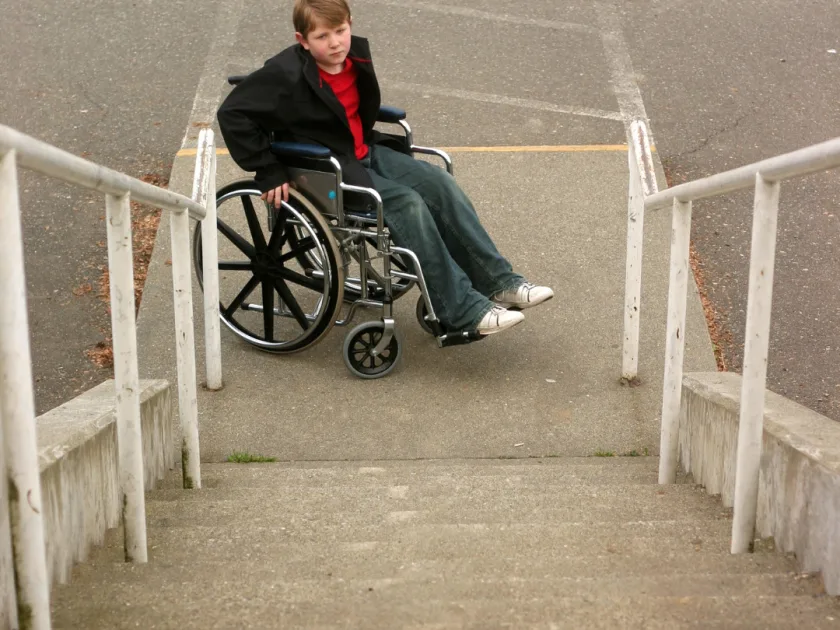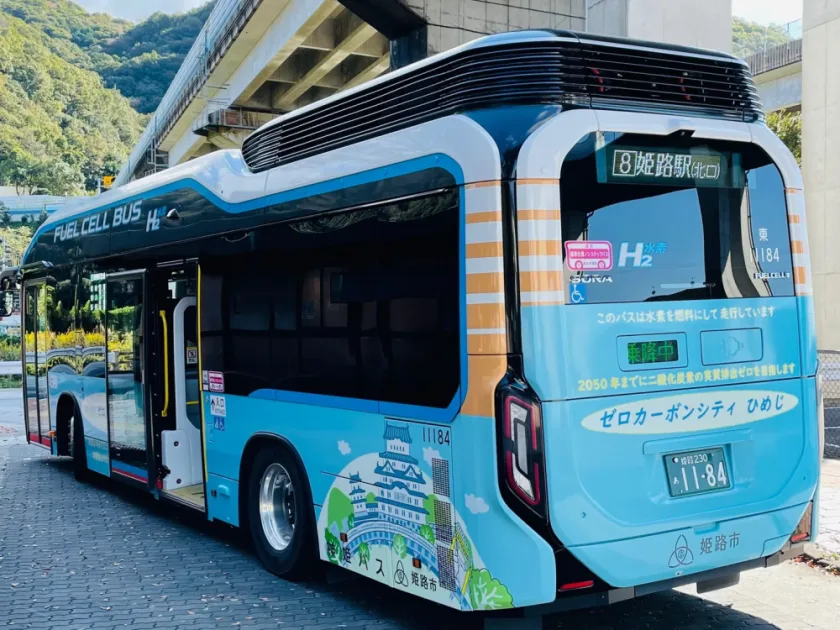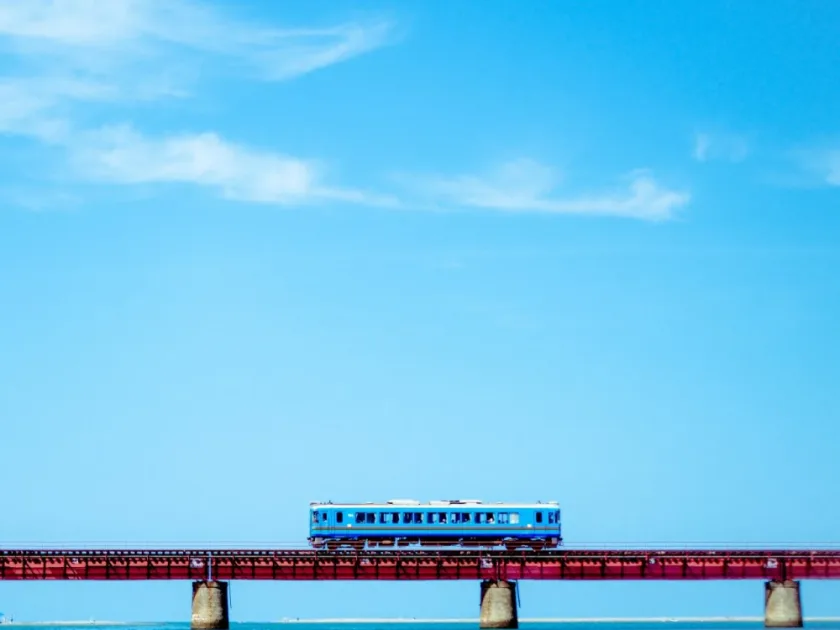Will it be impossible for travelers to visit local Japan in 10 years? (4)
Will it be impossible for travelers to visit local Japan in 10 years? (4) Table of Contents 1: Correlation between accessible railway stations and the number of overnight stays 2: Making accessible railway stations after increasing the number of travelers 3: Reasons why foreign travelers do not travel to local areas 4: Positive impacts of using regional railways by foreign travelers 1: Correlation between accessible railway stations and the number of overnight stays There is a high correlation between the rate of steps eliminated at railway stations and rail travel. In prefectures where the rate of steps eliminated at railway stations is low, the share of rail travel is also low. In contrast, the share of rail travel is high when the rate of steps eliminated at railway stations is high. There is also a relationship whereby the share of overnight stays (the share of overnight visitors traveling for tourism purposes by prefecture, 2019) is lower when the rate of steps eliminated at railway stations is low. Rate of steps eliminated at stations by prefecture and share of the number of overnight stays by prefecture SOURCE: Ministry of Land, Infrastructure, Transport and Tourism, Japan Tourism Agency




